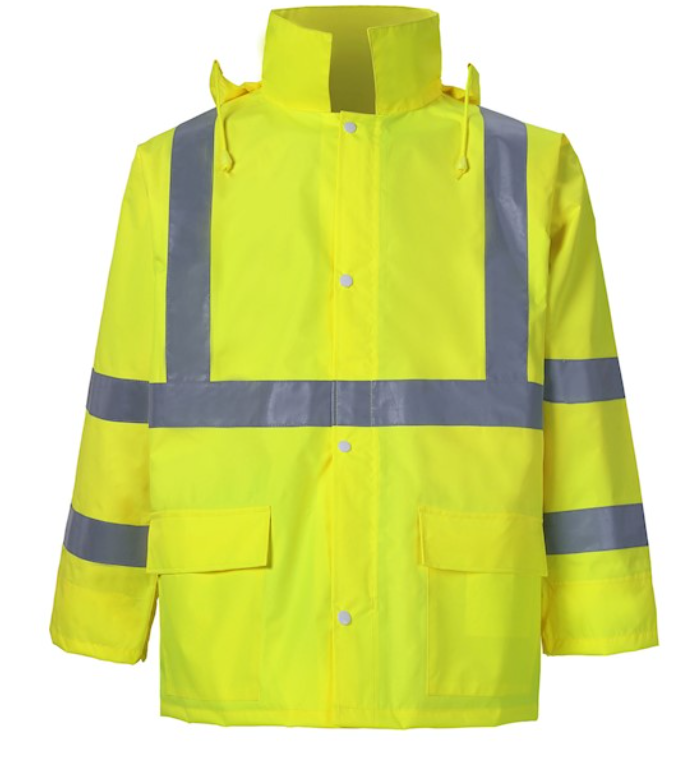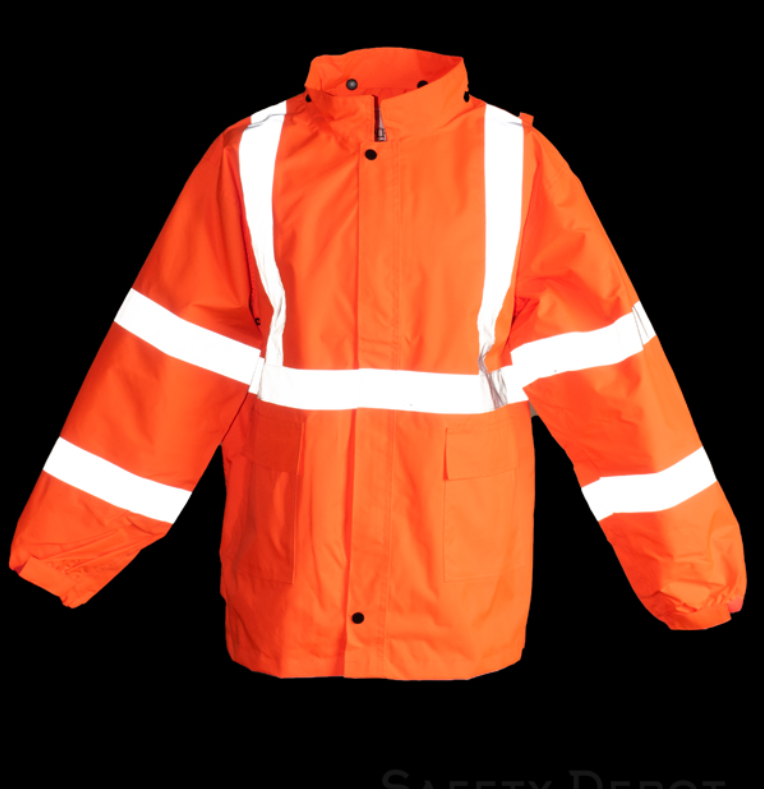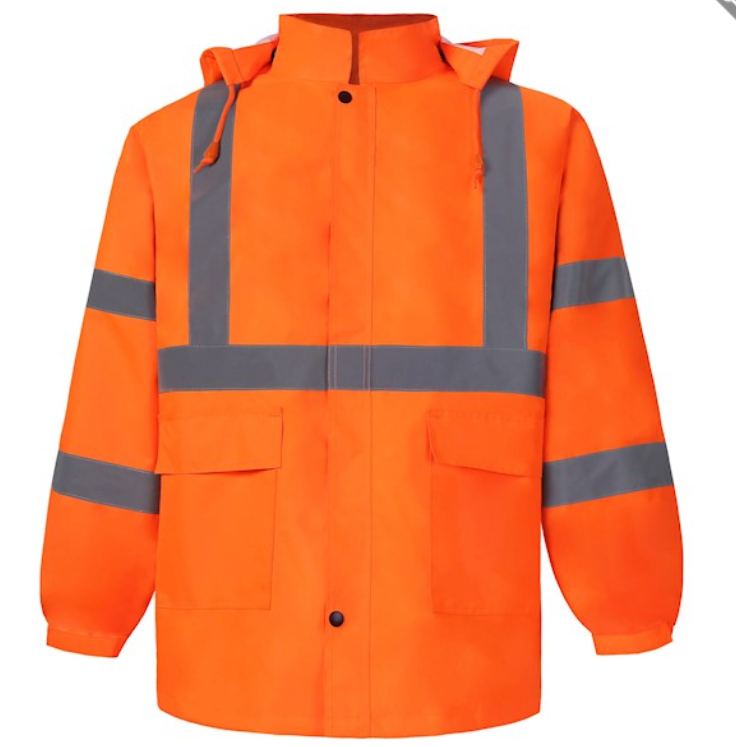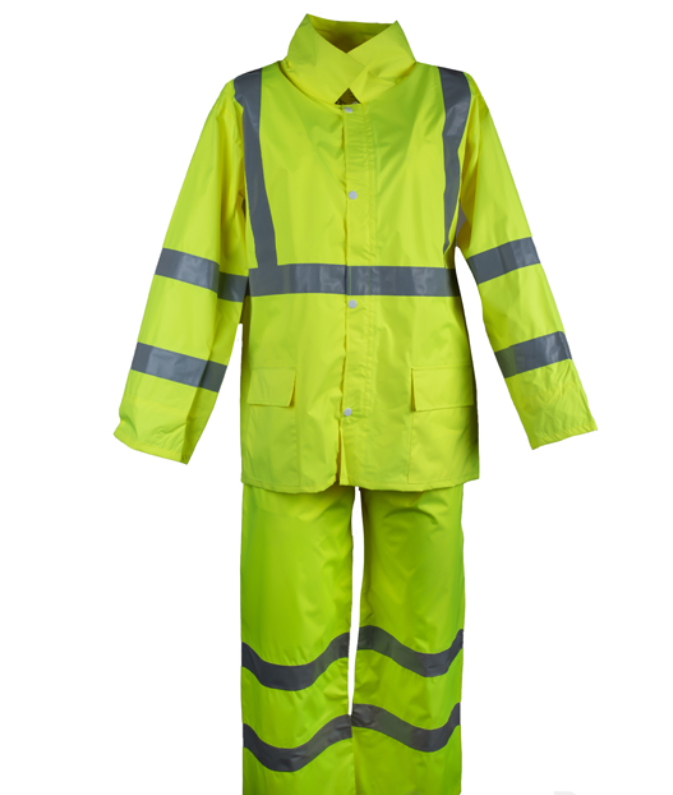Safety Rainwear
High quality products for safety Rain wear, reflective rain jacket, waterproof rain jacket. Customized logo and design.
We are manufacturer for Safety Work Clothes. And we have certificate of BSCI, GRS, CE, OEKO TEX, and etc. our main line are Safety Work Clothes, Safety Vest , Reflective Safety Jacket, Safety Jacket Reflective, Safety Hoodies , Safety Pants , Safety Parka, Safety Rainwear, Safety Tshirt, Waterproof Dry Bag, Sports wear, Waterproof ski jacket, Outdoor Waterproof Jacket and etc.
Welcome to discuss the details of the samples wiith us.




Safety Rainwear,Reflective Rain Jacket,Reflective Rain Jacket For Sale,Waterproof Rain Jacket
Suzhou Golden Gamrnet MFG Co.,Ltd , https://www.svchangerobe.com